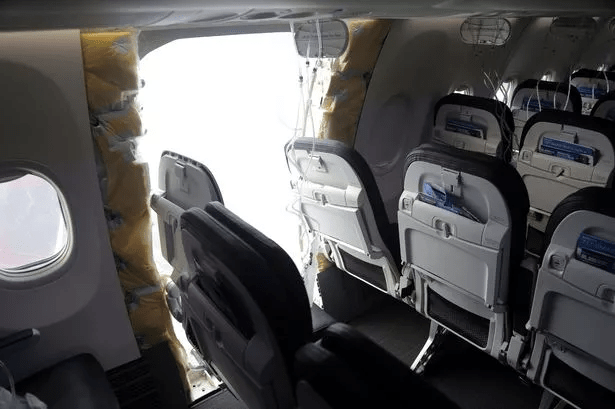In a harrowing incident just moments before takeoff, a Virgin Atlantic Airbus A330 flight from Manchester, England, to New York City was abruptly canceled when a vigilant British traveler, Phil Hardy, spotted several missing bolts on the plane’s wing. Hardy, alarmed by the sight, promptly notified the cabin crew, setting off a chain of precautionary measures.
Engineers swiftly responded to the alert, with Hardy capturing the dramatic scene as they climbed onto the wing, using a screwdriver to rectify the situation by tightening the fasteners. The airline, emphasizing its commitment to passenger safety, later explained the cancellation was a proactive measure to conduct additional engineering maintenance checks. A Virgin representative assured the public that the safety of passengers and crew had never been compromised and that the aircraft was back in service following thorough inspections.

Despite the unsettling nature of the incident, Airbus moved to allay fears, asserting that the missing bolts had no bearing on the plane’s safety. Neil Firth, the local chief wing engineer for A330 at Airbus, explained that each wing panel comprised 119 fasteners, and the structural integrity and load capability of the wing remained unaffected. To err on the side of caution, the aircraft underwent an additional maintenance check, during which the missing fasteners were promptly replaced.

This incident adds to a recent string of aviation concerns, including an emergency landing of an Alaska Airlines-owned Boeing 737 MAX 9 after a “door plug” was sucked out of the fuselage. While investigations by US regulators are underway, it is crucial to note that air travel remains an exceptionally safe mode of transportation. With no jet or turbofan-related crashes worldwide in the previous year and only two propeller aircraft crashes, experts highlight the remarkable safety record of the aviation industry. These incidents underscore the industry’s commitment to rigorous safety protocols, ensuring the well-being of passengers remains the top priority.


